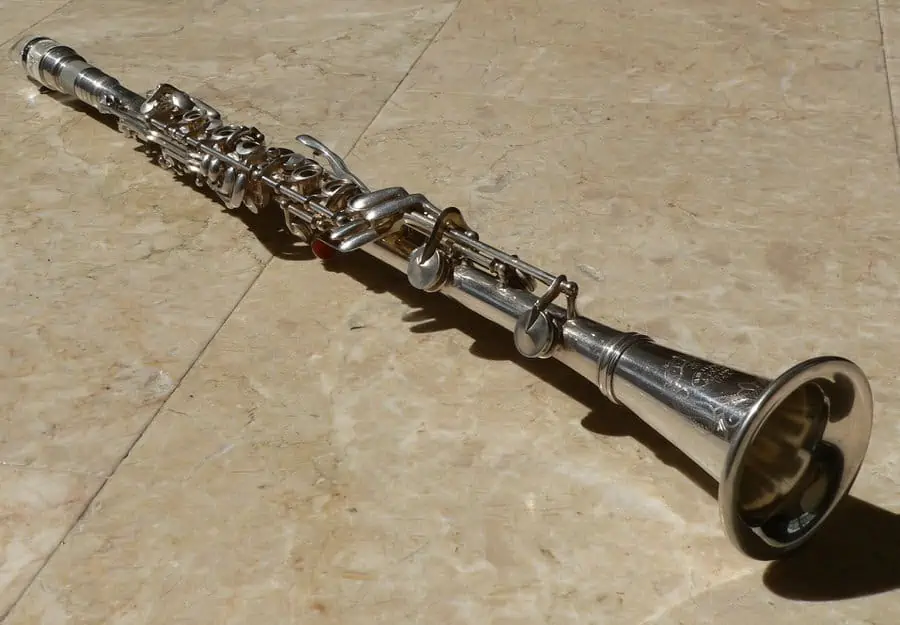Clarinet Facts
15 Interesting Facts About The Clarinet
Anyone keen on learning a new musical instrument might find the clarinet a top-notch choice. It earns global fame for its amazing versatility in music. Whatever genre you fancy, it fits in like a glove. That’s its main allure, yet there’s more beneath the surface. Some surprising insights about this legendary instrument await you, sparking an adventure of discovery!
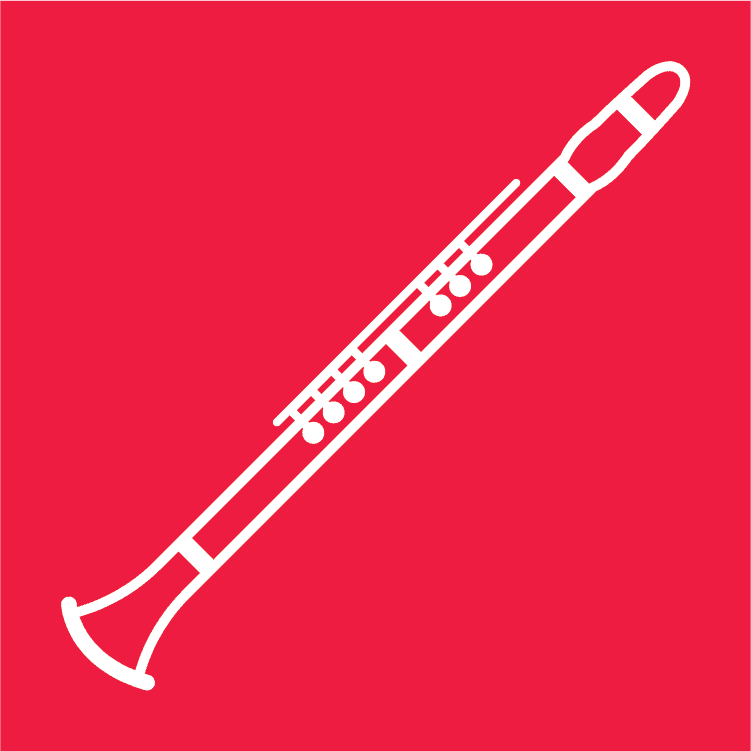
1. Mozart loved the clarinet so much that he gave it its place in the orchestra.
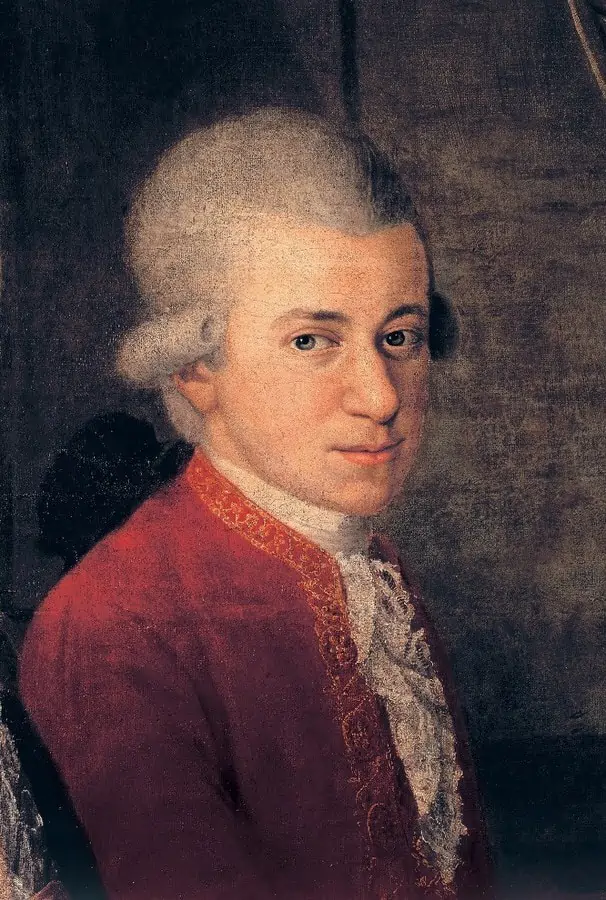
After meeting the clarinettist Anton Stadler, Mozart loved the relatively new instrument so much that he wrote a lot of music for it. He was so enamoured at the rich tones coming from the instrument that he wanted to find a way to integrate it into his compositions seamlessly. The Clarinet Concerto in A major, Köchel 622 is an example.
2. The clarinet’s acoustics are unique compared to other woodwinds.
3. The inventor of the saxophone designed a type of clarinet.
Belgian musician and inventor Adolphe Sax, the creator of the equally iconic saxophone, can be credited with the design for the modern bass clarinet. He was the first to introduce the straight cylindrical design, as well as the multiple register vents and keys that we see today.
4. Compared to other instruments in the orchestra, the clarinet is very young.
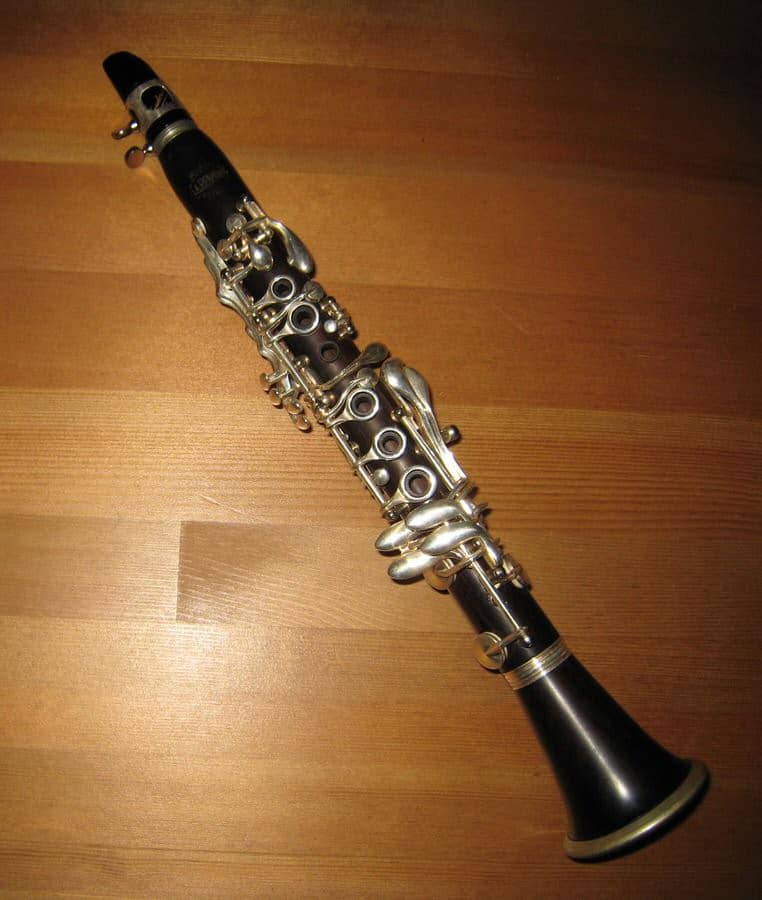
You can trace the clarinet’s origins to the early 18th Century. Historians believe that the inventor was the German instrument maker Johann Christoph Denner, basing its design on the already existing French chalumeau. That means the clarinet is only around 300 years old. In comparison, the flute (another wind instrument) is roughly 30,000 years old at the very least!
5. A clarinet is among the mere handful of instruments that can fade in and out of a note.
A lot of instruments can fade out of a note (i.e. just let a guitar string stop vibrating on its own). But also fade into a note? That’s one thing the clarinet can do that not every other instrument can.
6. The biggest clarinet ever made is merely a few inches shorter than history’s tallest man.
Known as the octocontrabass, it plays the lowest notes of the clarinet family. It was made by the LeBlanc company. It achieves that due to its size at 8 feet, 2 inches tall (2.48 metres). In comparison, the tallest man in history (Robert Wadlow) is 8 feet, 11 inches tall (2.7 metres). That is one tall instrument.
7. In comparison, the smallest clarinet in the world is a mere 14 inches (0.3 metres).
Called the Ab piccolo clarinet. It is pitched a minor 7th above the standard Bb, and is quite rare in the world. Though you can order it from LeBlanc, the same company that made the octocontrabass. At 14 inches, it’s tiny in comparison to its massive counterpart.
8. During its earliest days, the clarinet was extremely unreliable.
Getting the clarinet to make music, let alone produce a sound, was a pain in the neck in the old days. This was due to the design: before the invention of cupped keys, the instrument featured flat ones with felt wrapped around them. This made it difficult to seal the holes properly. Imagine struggling with your clarinet keys while the audience throws you sharp looks. Yikes!
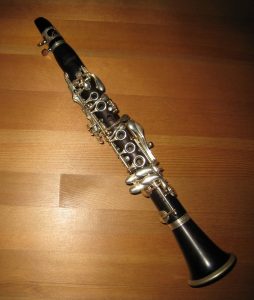
9. Each register on the instrument’s range has its own name.

No other instrument has a range with this distinction! The lowest notes are referred to as the Chalumeau Register (owing to its ancestor). Notes such as A, Ab, B, and Bb are called throat tones. Trumpet-sounding notes are on the Clarino Register, and the highest notes are on the Altissimi Register, which is Italian for “extremely high.”
10. Completely different fingerings are required to play each clarinet register.
This is among the reasons why people consider the clarinet a hard-to-learn instrument. When the clarinet overblows, it doesn’t do so in octaves like other woodwinds. For instance, you will play the low C as a G if you engage the register key. If you struggle with this, better go practice!
11. The Chalumeau is considered the clarinet’s predecessor due to how similar it is to one.
You’ve read about the Chalumeau multiple times on this facts list, and for good reason. This is because we wouldn’t have the modern clarinet if not for this instrument, which has 8 holes like a recorder, but is played with a mouthpiece and a single reed like the modern clarinet. This was the clarinet before it even existed.
12. The Freemasons may have had a hand in Mozart writing a lot of music for the clarinet.
Remember how Mozart wrote a lot of music for the clarinet? He did love it, sure, but as a Freemason, he might’ve been influenced by his peers to write pieces for clarinet ensembles as well. Which, in turn, led to the legitimisation of the clarinet as an orchestral instrument.
13. It’s the only woodwind instrument that operates in a 12-note register.
All other woodwinds octave keys in comparison. What this means for the clarinet is that you can leap a large distance in the music with not too much effort. No other instrument allows this level of transposing versatility, ever.
14. You had to own 3 or 4 clarinets in the 1700s as a player if you wanted to be in an orchestra.
Back in the 1700s, there were clarinets in almost every key, but they only featured 3, 4, and 5 keys. Since that limits which key a clarinet can play in, you have to own multiple to properly follow along with the music’s demands. Imagine switching between instruments on the fly!
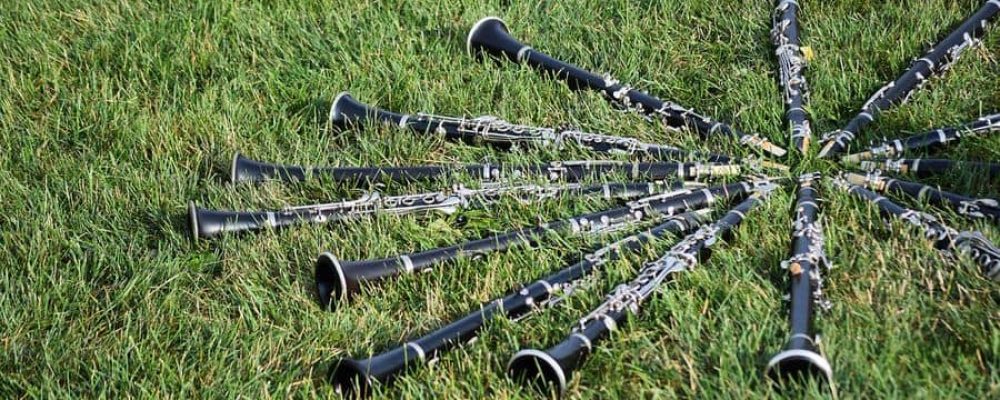
15. There are several fingering systems for the clarinet.

Many clarinet players will be aware of the Boehm System, which is the standard for most modern clarinets. There is another one called the Ohler System, which is popular in some European nations such as Austria. Lastly, there’s the Albert System, which is related to the Ohler.
That's the end of our Clarinet Facts... So what now?
About the Author
Sonia Sielaff
Originally from Minnesota, Sonia holds degrees from University of Southern California, Glenn Gould School, Michigan State University, and Lawrence University. Apart from playing clarinet, Sonia loves baking, speaking Norwegian and nature walks with her dog Sophie.
www.soniasielaff.com
Where Can You Find The Proper Guidance?
Well that’s just what we are here for. Our Founder, Robert Emery, has a successful career as a musician, so we don’t have to ‘sell you’ music lessons or high priced training courses to make money. Our friends can simply offer real guidance as pro-musicians, and that’s exactly what makes us unique.
Shocking fact coming up: I guess you didn’t realize that there is absolutely no obligation for your instrumental teacher to have been professionally educated. But surely they require some sort of certification to be able to take people’s hard earned cash? Nope. If you wanted to, you could turn around tomorrow and call yourself a music instructor! Crazy isn’t it…
You’d be blown away at the number of clarinet teachers that don’t understand the difference between their barrel from their bell! So that’s where our authorities come in. And no, as opposed to various other websites which shall remain nameless, all of our experts are real-life, performing, qualified musicians. They are on the top of their game either in the UK or USA. Some are even names you’ll recognise.
Get the 4 Things I Think Are Brilliant That You Need To Know
4-Feature Friday does what it says on the tin; delivers an email every Friday with four of the most incredible things I’ve found that week.
It could include special giveaways or opportunities to have interaction with me personally, instruments, publications, gizmos, songs, new techniques/tips, and — needless to say — a variety of exciting musical things I dig up from around the globe.
These ‘4-Feature Friday‘ emails are only available if you sign up to my e-mail newsletter.
Read the next post in this series:


